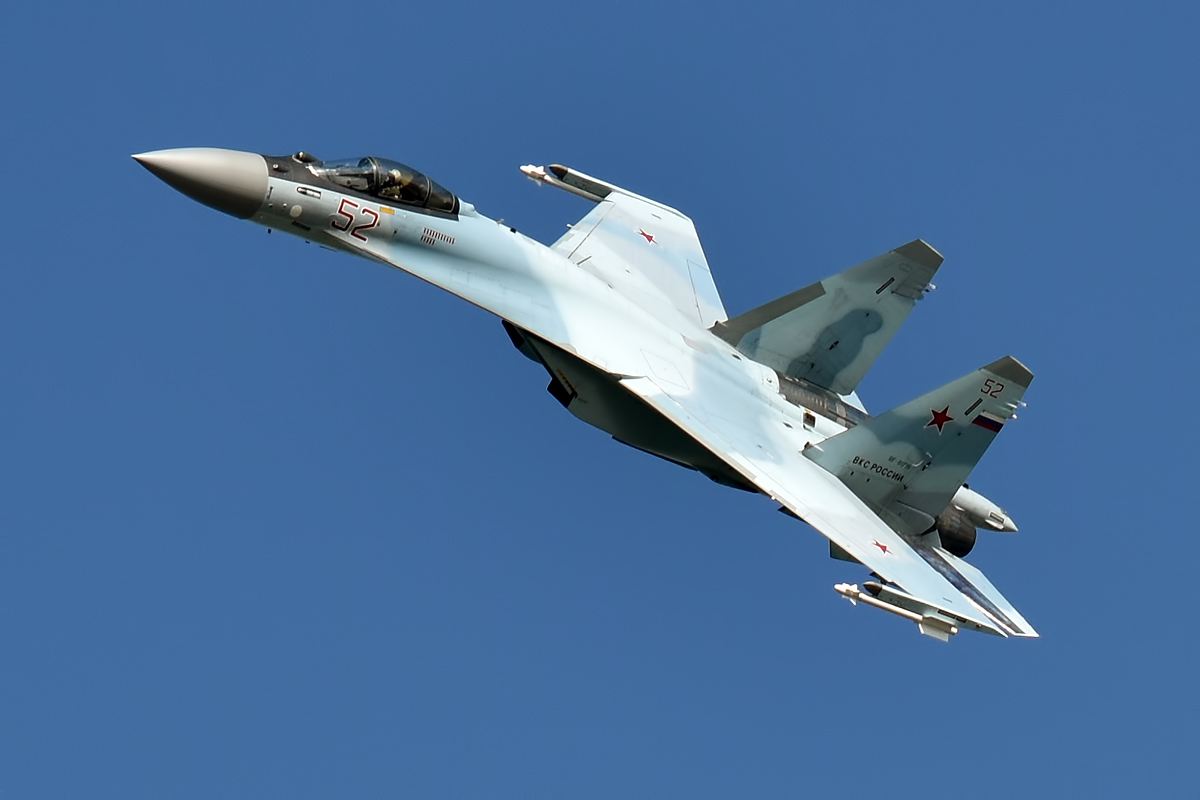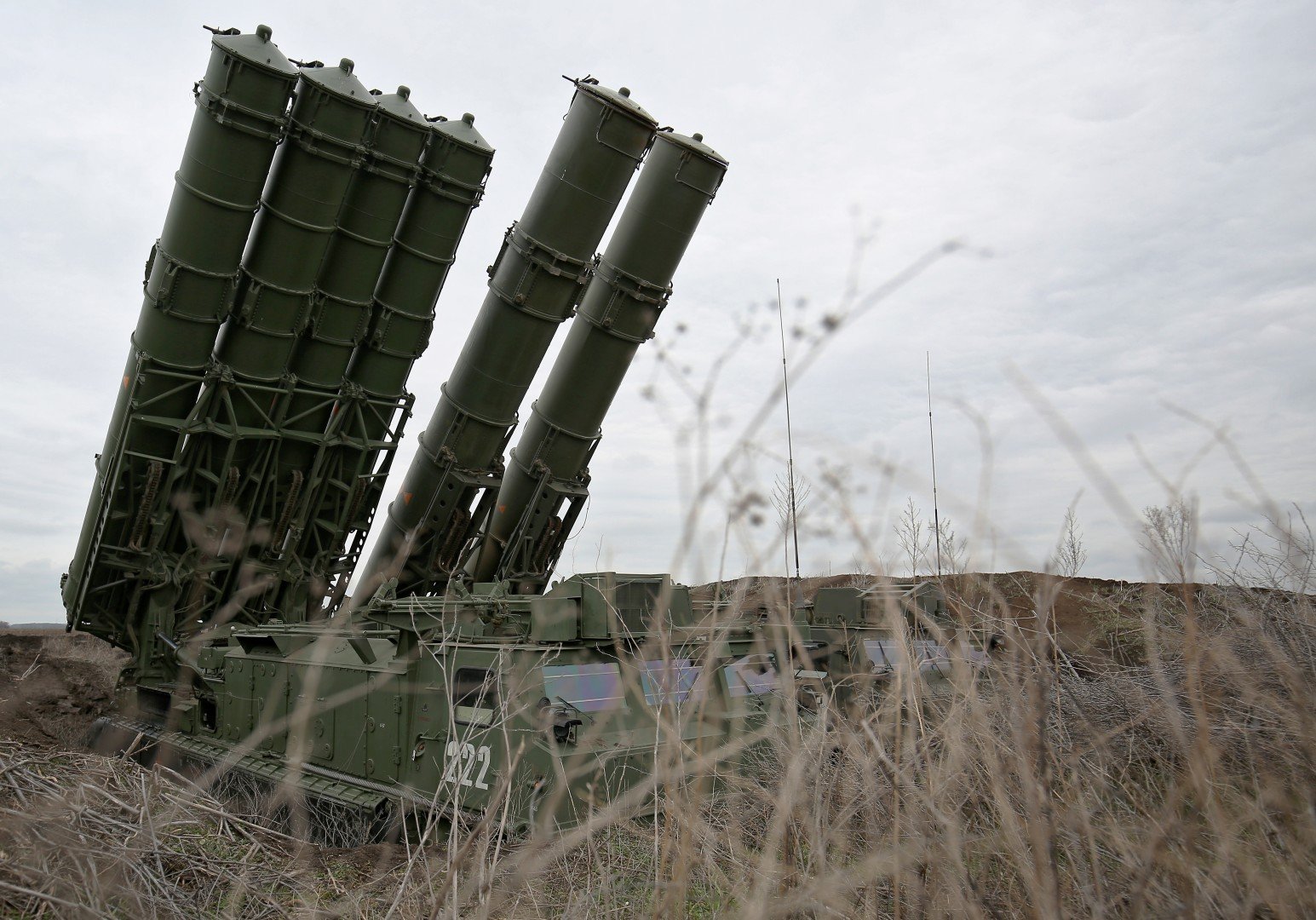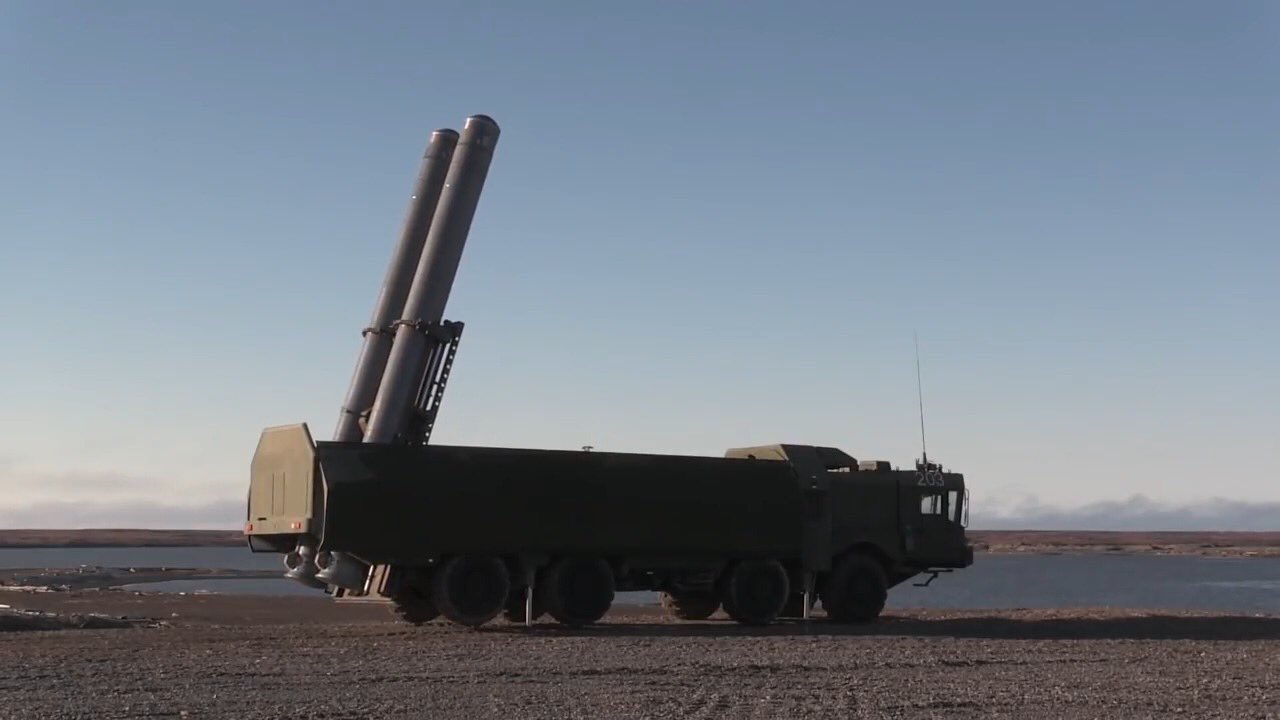Amid the ongoing war with Ukraine, Russia conducted massive military drills on disputed islands near Japan. The exercise involves nearly 3,500 troops, besides Su-35 multirole fighters, Mi-8 multirole helicopters, Bastion-P coastal defense system, T-72B3 tanks, Orlan-10 multi-purpose UAVs among others.
The move is seen as a show of strength against Tokyo as it comes days after Moscow announced the suspension of territorial peace talks with Japan.
Russia has pulled out of the talks because of Tokyo’s sanctions on Moscow in the wake of its Ukraine invasion, according to Nikkei Asia.
Russia’s Interfax News Agency reported on March 25 that Russia’s Eastern Military District was conducting military drills on the Kuril islands with more than 3,000 troops and hundreds of pieces of army equipment.
The chain of islands stretches between the Japanese island of Hokkaido at their southern end and the Russian Kamchatka Peninsula at their northern end.
These islands separate the Sea of Okhotsk from the Pacific Ocean and they are administered by Russia but also claimed by Japan which refers to them as Northern Territories (NT).
The Kuril Islands were conquered by the erstwhile Soviet Union at the end of World War II and since then Moscow has considered them an integral part of Russia. With Japan having competing claims over the islands, the two countries, technically, still remain at war.
The four islands are known by different names in Russia and Japan — Shikotan, Habomai Islets/Khabomai, Kunashiri/Kunashir and Etorofu/Iturup.
On March 21, in response to Japanese sanctions on Russia, Moscow unilaterally withdrew from talks to resolve this decades-old territorial dispute as well as negotiations over joint economic activities in South Kuril islands.

“In the current situation the Russian side has no intention of continuing peace treaty talks with Japan, for it is impossible to discuss the signing of a fundamental treaty in bilateral relations with a country that takes an outspokenly unfriendly stance and tries to cause harm to the interests of our country,” the Russian Foreign Ministry said.
Japan had earlier imposed several sanctions on Moscow by prohibiting a total of 300 products from export to Russia, including semiconductors, equipment for shipping and aviation safety, means of communication, military products, including weapons, software and oil refining equipment.
Japan strongly protested Russia’s withdrawal from peace talks, condemning Moscow for its actions to “unilaterally change the status quo by force.”
“The latest situation occurred as a result of Russia’s aggression against Ukraine, and Russia’s attempt to shift the issue to Japan-Russia relations is extremely unjustified and absolutely unacceptable,” Prime Minister Fumio Kishida said in parliament.
3,500 Russian Troops On Disputed Islands
Reports suggest that Moscow has stationed about 3,500 troops as well as tanks, self-propelled artillery, and rockets on Etorofu and Kunashiri islands to maintain effective Russian control over the islands.
These forces come under the command of Russia’s Eastern Military District, headquartered in Khabarovsk. Japan’s Defense Ministry estimates that about 80,000 troops are under this command in normal times.

According to a recent report by Japan’s Ministry of Defense, Russia has deployed various anti-access/area denial weapon systems such as tanks, self-propelled artillery, multiple rocket launch systems (MRLS), surface-to-air missiles, helicopters, coastal defense systems on these islands.
These include K-300P Bastion-P & 3K60 Bal coastal defense systems, S-300V4 air defense system, T-72B3 tanks, Smerch MLRS, Mi-8 multirole helicopters, Su-35 multirole fighters and Orlan-10 multi-purpose UAV. These are the same weapons Russia is deploying against Ukraine.
Furthermore, the 18th, 49th & 46th Machine Gun Artillery Regiments are also stationed at Etorofu and Kunashiri Islands.
The S-300V4 system can be used against airborne threats at a range of up to 400 kilometers and an altitude of 37 kilometers. Reports also suggest the deployment of Tor-M2 short-range air defenses with missiles having a maximum range of 16 km and an altitude of 10 km.

The K-300P Bastion-P is a mobile coastal defense missile system deployed against surface ships including carrier battle groups, convoys, and landing craft. It uses the P-800 Oniks supersonic anti-ship missile that has a range of up to 300 km. Whereas the 3K60 Bal coastal defense systems use the Kh-35 missile with a maximum range of 120 km. It can be effectively used against medium-sized naval targets, such as frigates.
The Mi-8 multirole helicopters can be used as an airborne command post, armed gunship, and reconnaissance platforms, while the Su-35 is capable of engaging air and ground threats and also naval surface forces.
The periodic drills conducted by the Russian military on these islands involve the use of these weapons under scenarios of preventing enemy forces from landing.

The islands are of huge strategic importance for Russia, as they guarantee safe access to the Pacific Ocean. In 2012, the then-Obama administration had announced America’s “Pivot to East Asia”, which led Russian President Putin to think about his own “pivot” to the Far East.
Analysts say that with thousands of US troops already stationed in Japan, Russia cannot cede control of these islands out of fear that the US or Japan may militarize the territory.
If that happens, Russia’s Far Eastern military presence will come under grave threat, as it will lose safe passage through two critical straits – Soya & Spanberg – that are important routes for Russian naval ships stationed in Vladivostok to sail towards the Sea of Okhotsk and the Pacific Ocean.
- Written by Tanmay Kadam/EurAsian Times Desk
- Contact the author at etdesk@eurasiantimes.com
- Follow EurAsian Times on Google News




